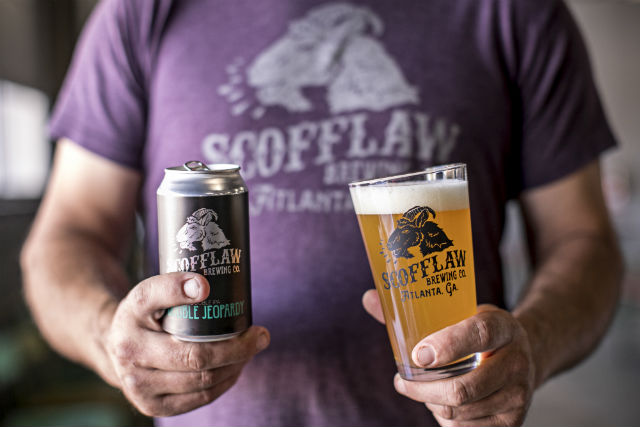
Of course when planning a brewery, goals are established. We here at Brewer have talked to many that have set business plans and then had to ‘rip them up’ after Year 1 because of growth going well beyond Year 1, or even Year 5.
“We did not foresee this kind of growth. It just happened,” said Scofflaw CEO Matt Shirah. “We were simply trying to bring our ideas to our local markets.
“Our strategy has and will remain the one constant, it just worked a little better than we expected.”
The Georgia brewery saw 588 percent growth in volume from 2016 to 2007, making more than 9,000 barrels last year.
The same explosive growth happened for Melvin Brewing in Wyoming. It went from making 200 barrels in 2015 to nearly 20,000 last year.
“The year really flew by. It was sort of more triage than planning (though, there was planning too),” explained Melvin Sales Director, Ted Whitney. “We love the idea that sometimes you need to bite off more than you can chew, then chew it. But in practice, that’s really difficult.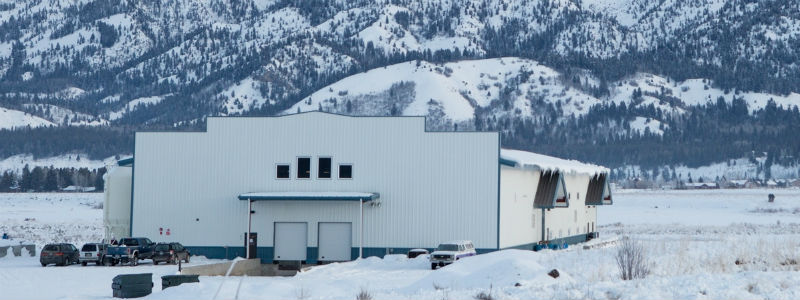
“We put information tools in place, set budgets and went for it. We’re really lucky to have great fans, great distributors to work with and an incredible crew at the brewery who makes magic happen every time we really need it.”
Shirah said Scofflaw planned on being a 15,000-barrel brewery in five years.
“Now we are moving that much of one brand,” he noted. “We have had to scrape together every dime, and there are not many of them. Thankfully the tasting room generated some money for growth. Even at more than 9,000 bbls we made very little on beer that we distributed. It accounted for about 10 percent of our cash flow. We are constantly struggling to source good inputs at a good price: hops in particular.
“It is a really inefficient market with many folks not willing to [help] the little guy. This will probably change if the contraction in macro-craft breweries continues. Guys that are under the wing of one of the big boys will always be okay because the have endless resources. That is why their growth is outsized compared to the independent market.”
Melvin’s current sales trends and geography are working well with their initial plan, Whitney said.
“We want to be relevant to each market we sell beer in and so far we’ve been able to do that pretty well, I think,” he said. “We’re certainly finding the need to adapt all the time.”
Those changes include consumer tastes, retailer’s needs … even weather all play a role in what beer will sell and how much needs to be there. In addition to adapting Whitney says Melvin is maturing, and “gaining eyes for how we can better be part of the scene and create more craft beer fans.”
Starting a relationship with Brewdog’s American home in Columbus, Ohio has been a boon for Scofflaw to help alleviate some growth issues in canning.
“My friends James Watt and Tanisha Roberts over at Brewdog have helped us tremendously by allowing to use their Ohio plant to produce packaged product, which we have introduced in Georgia,” Shirah said. “This makes great business sense but now you have four layers of folks that have margins to protect, and everyone does not see the light, meaning taking a little less margin sometimes means selling a lot more beer.
“Because the beer has been unintentionally scarce, people tend to overprice or overvalue the beer. It is still just beer.”
As it stands, Scofflaw at the time is not placing any product outside of the state of Georgia.
“If we need money to make ends meet or improve our employees economic positions, we may have to explore those opportunities, especially in states that are more craft friendly,” Shirah said.



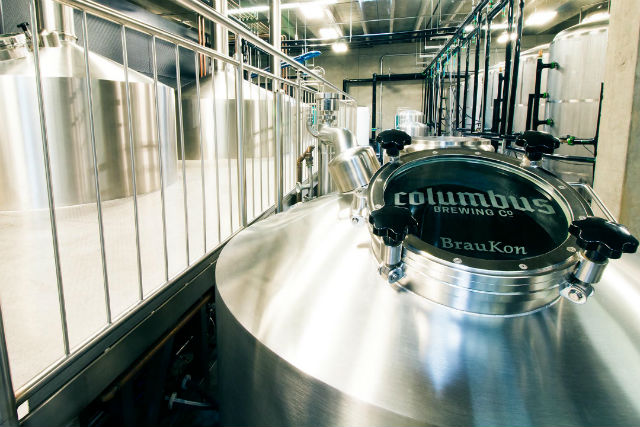
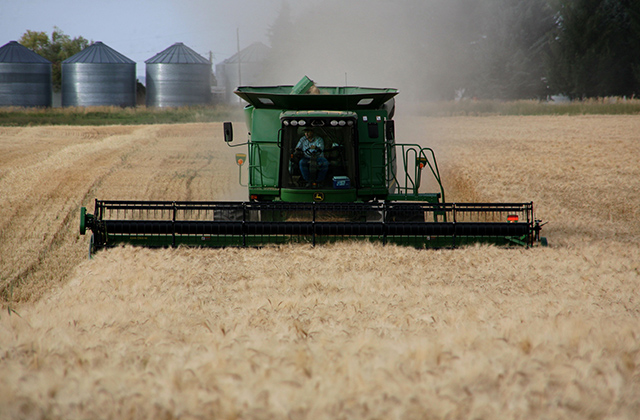
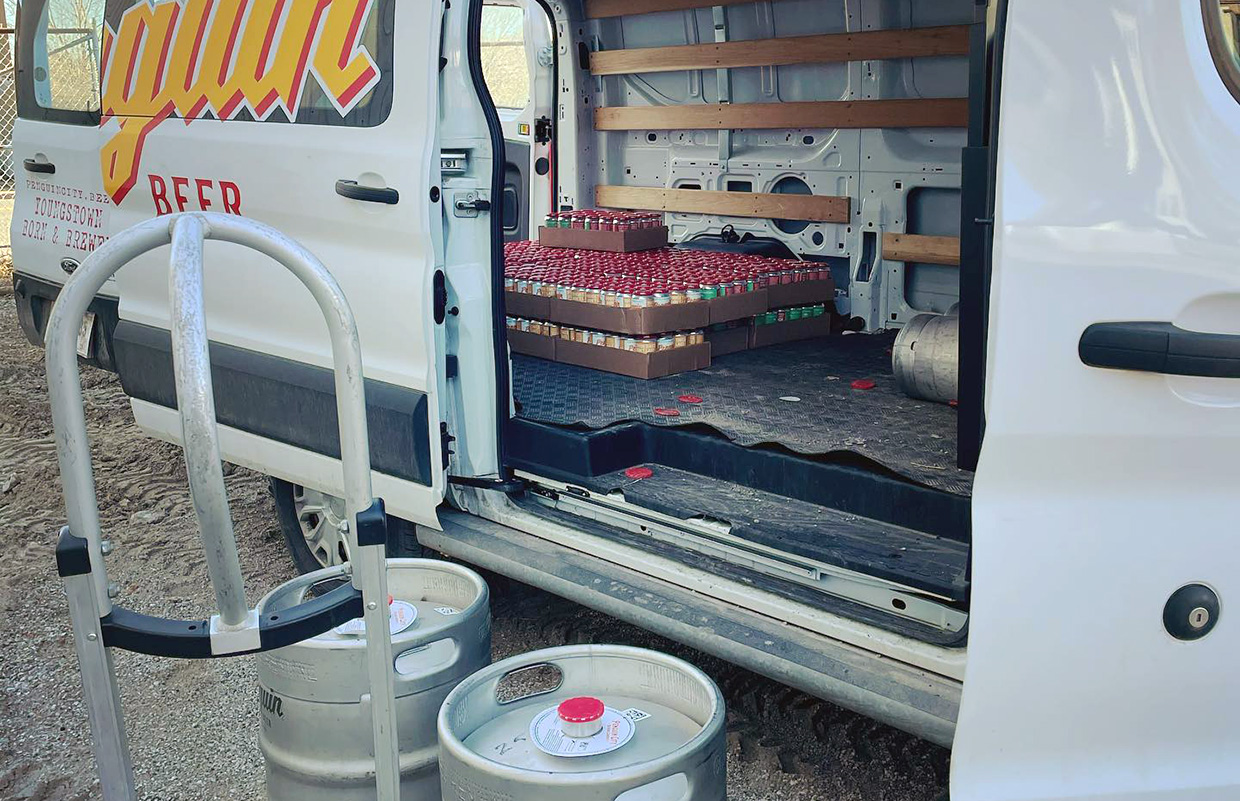
Be the first to comment